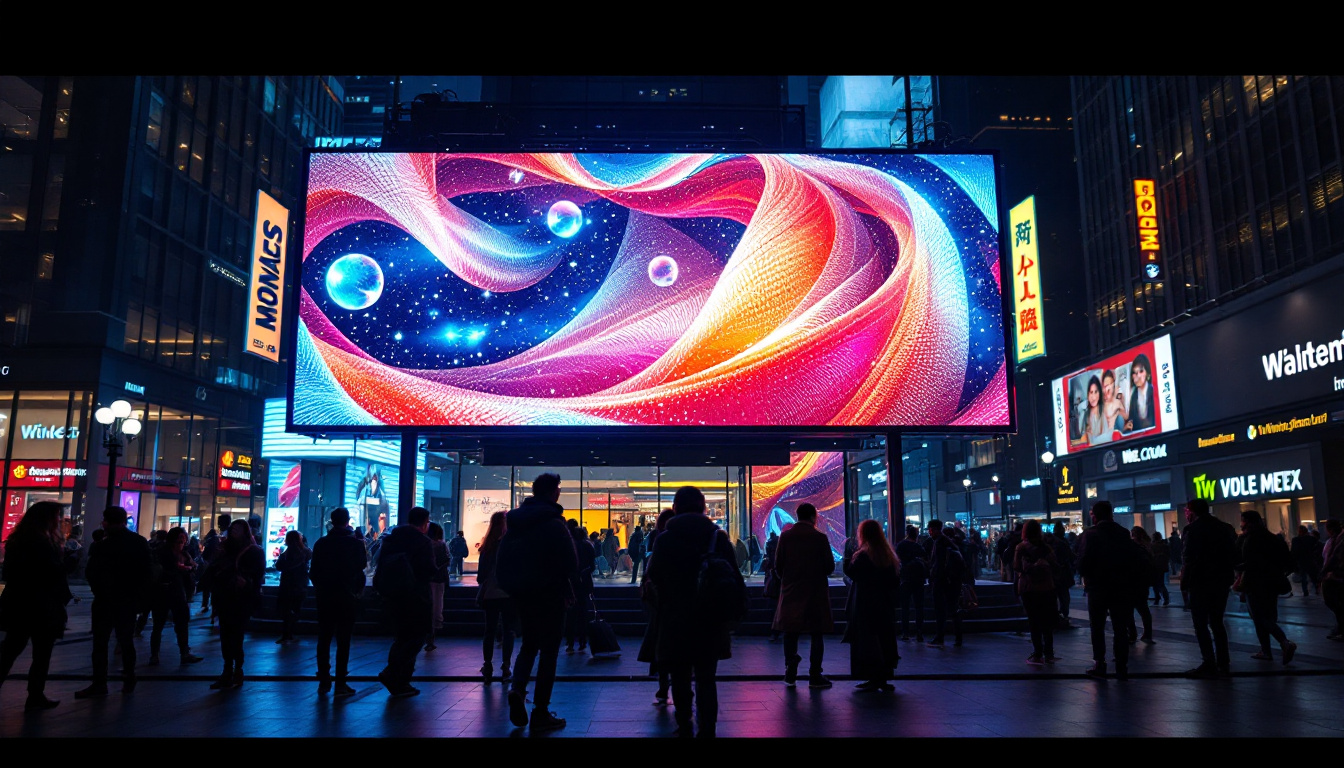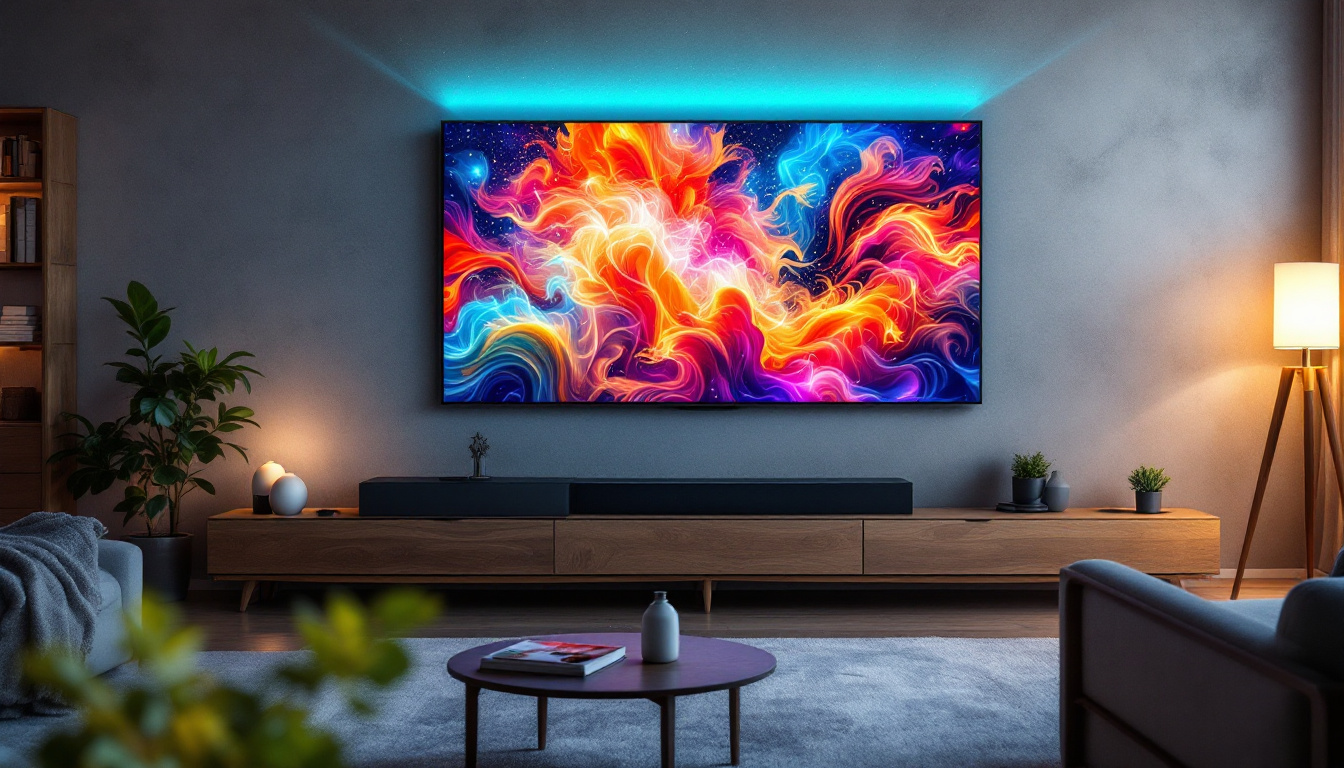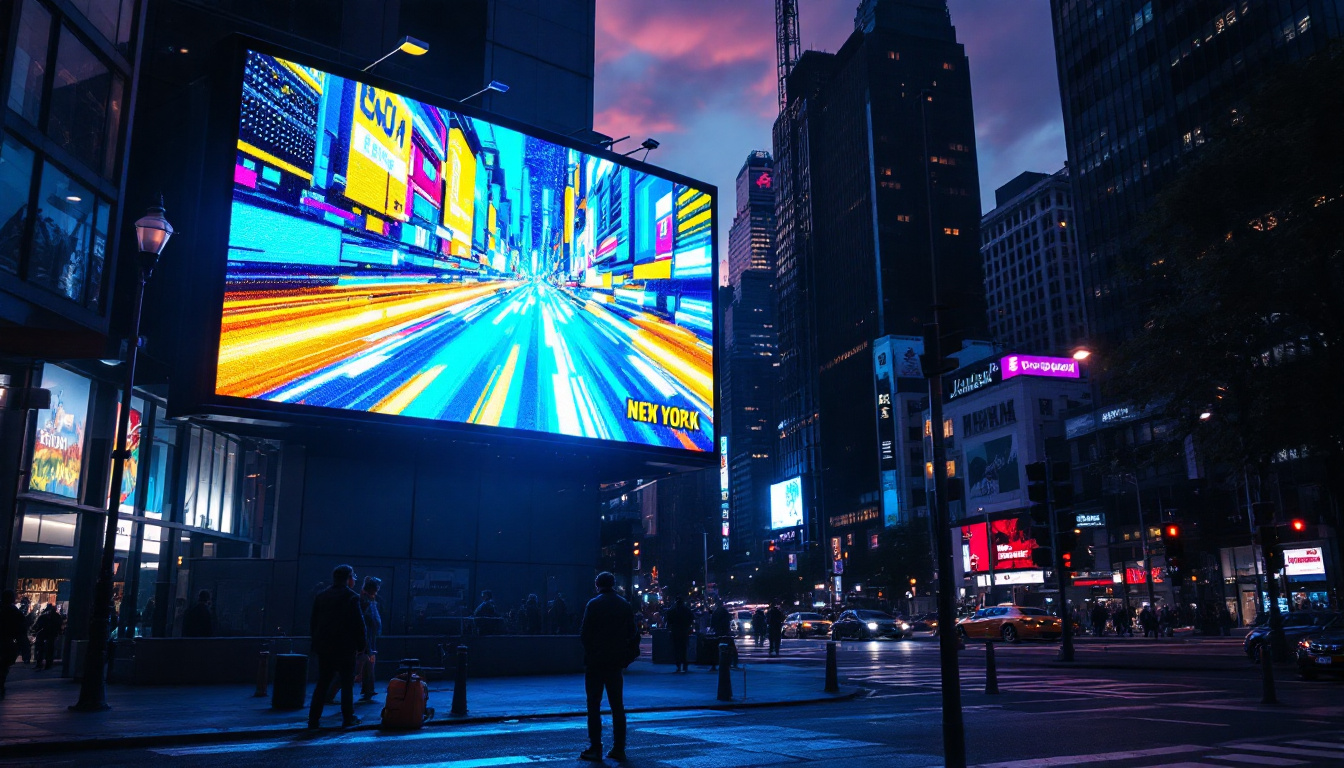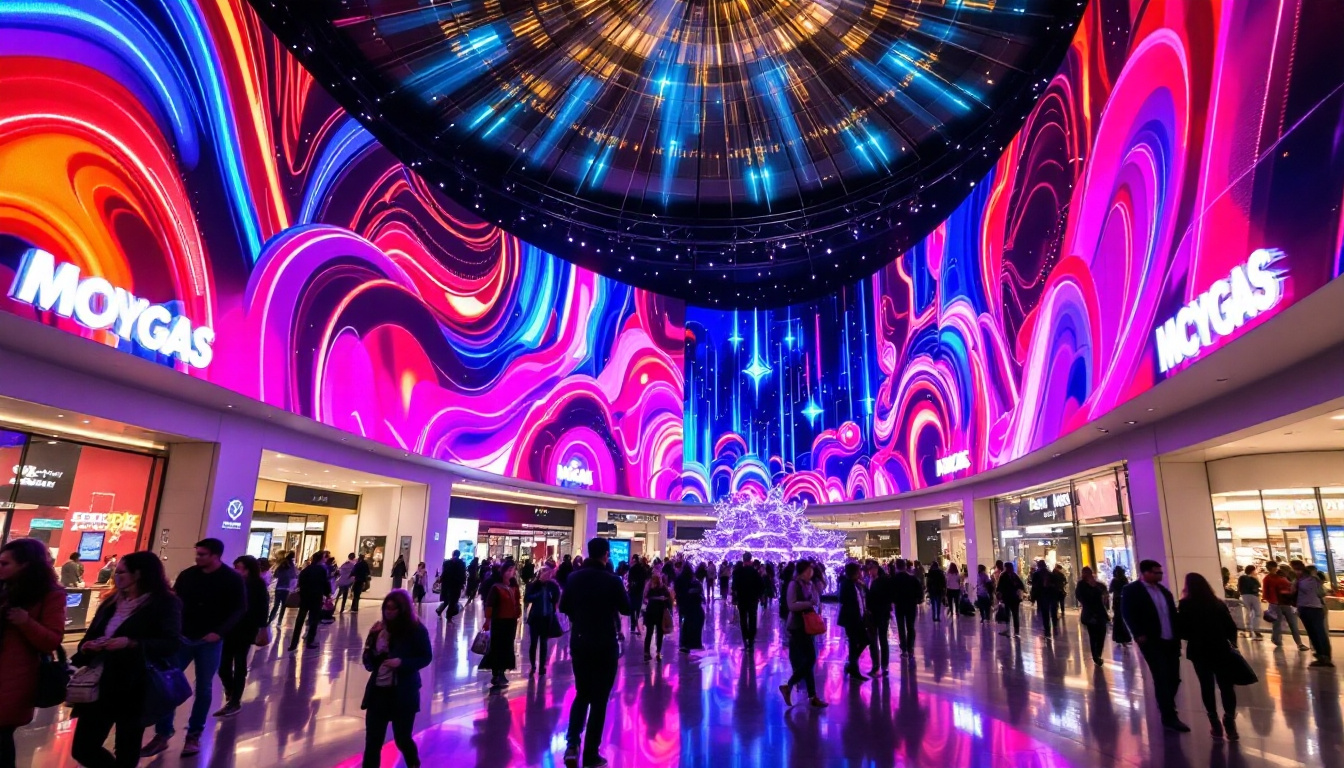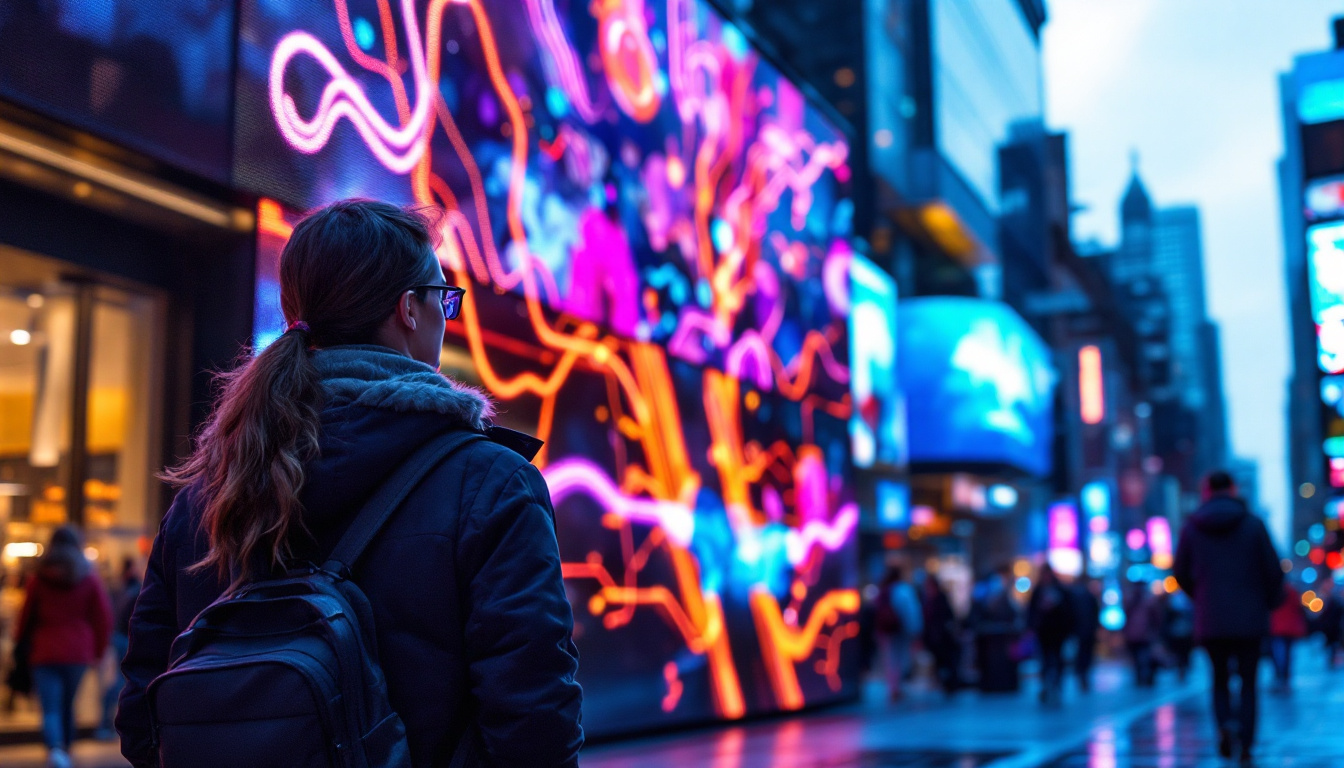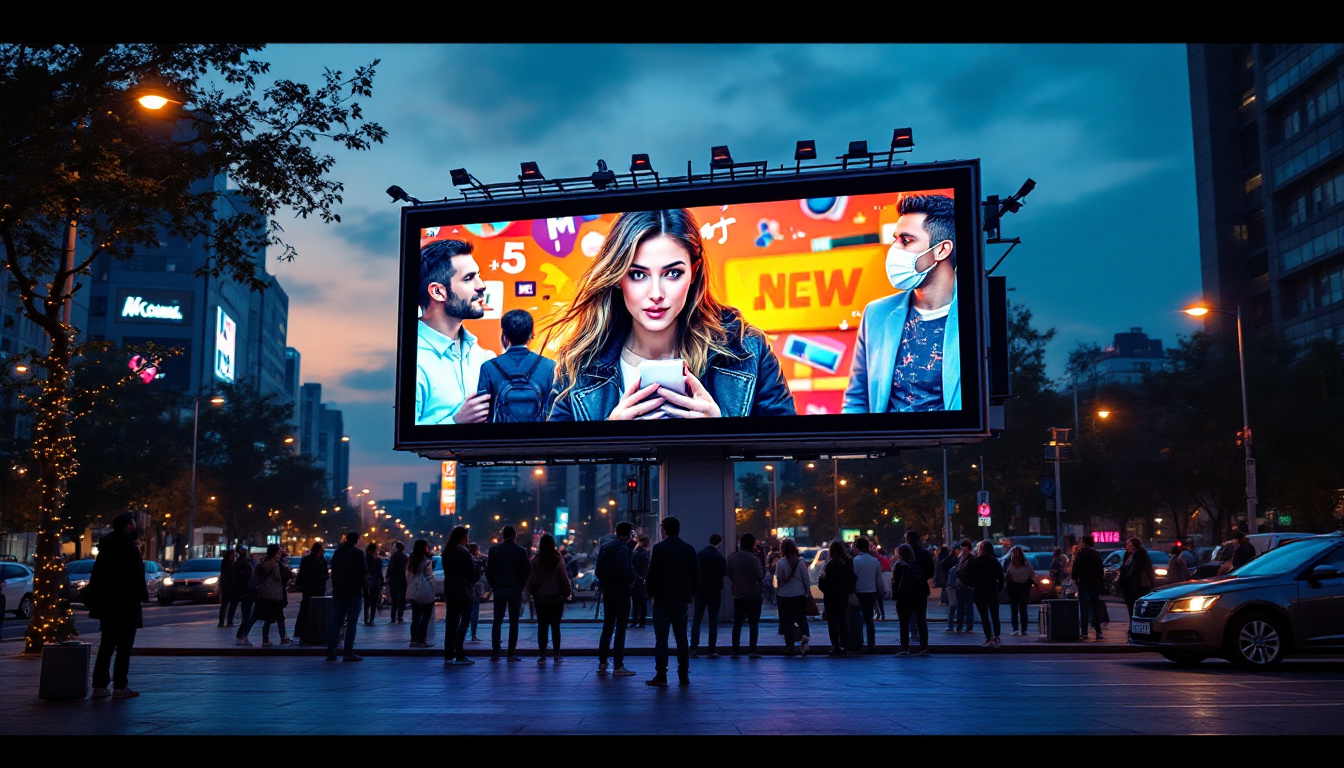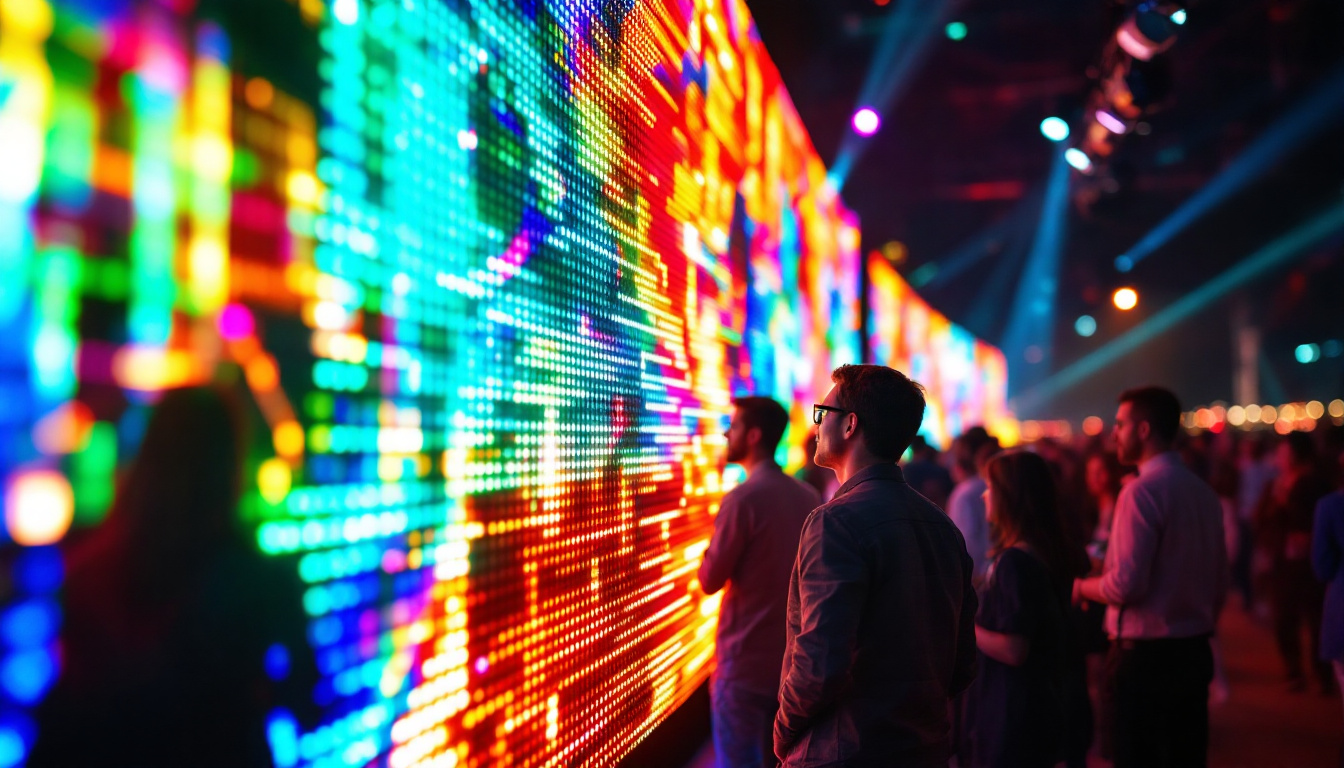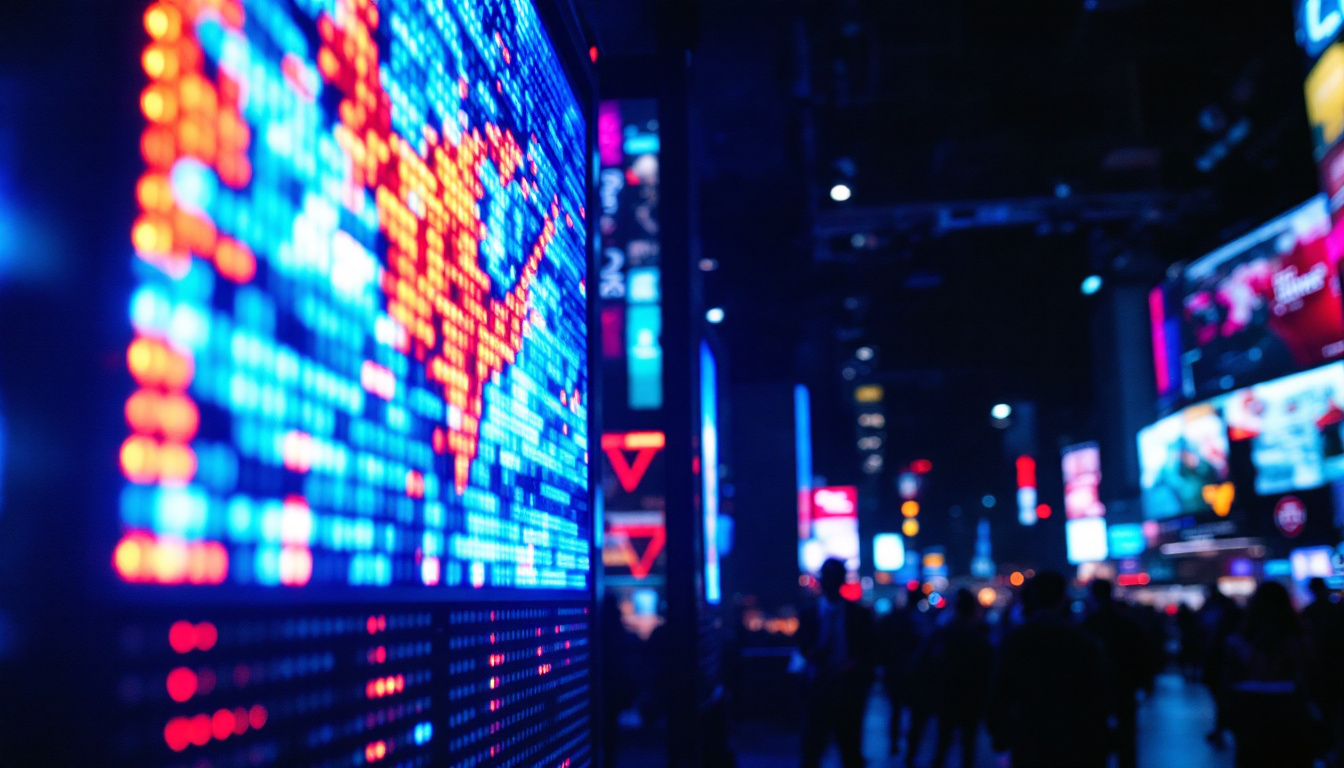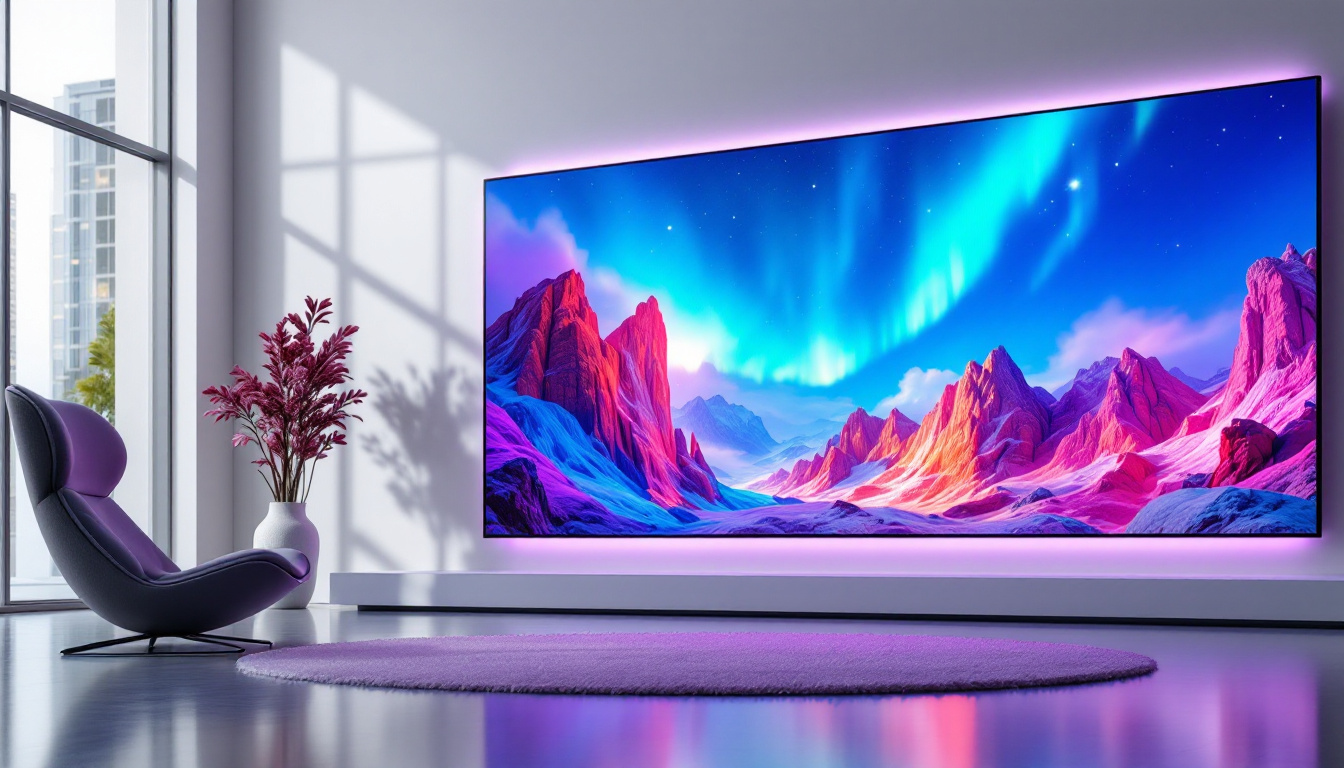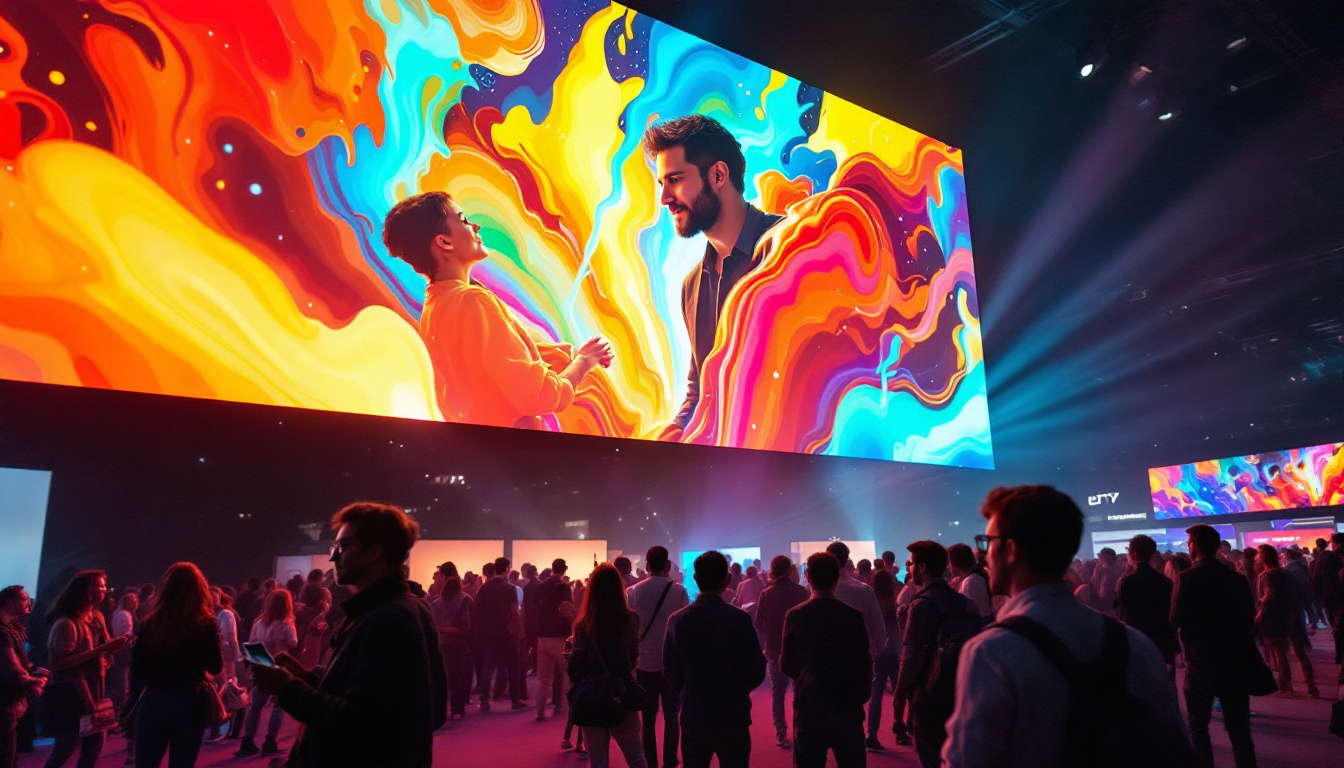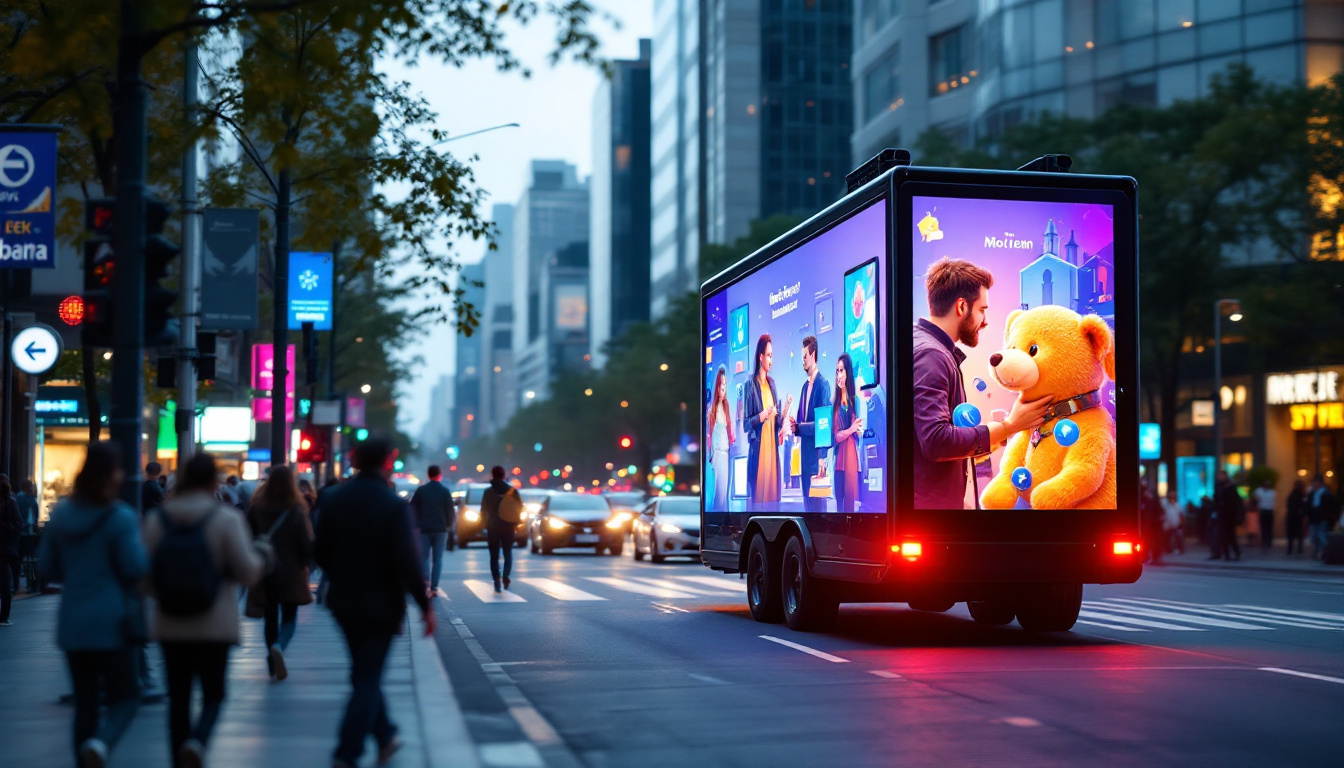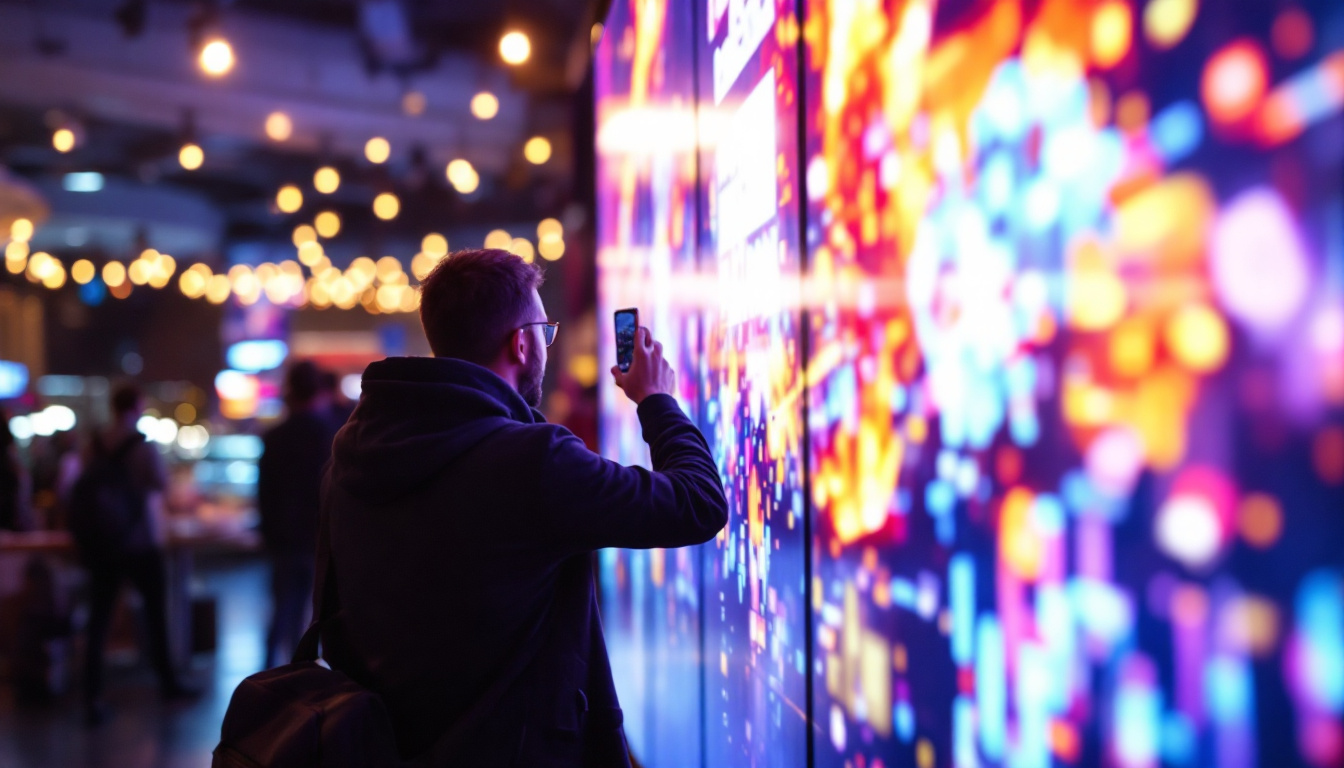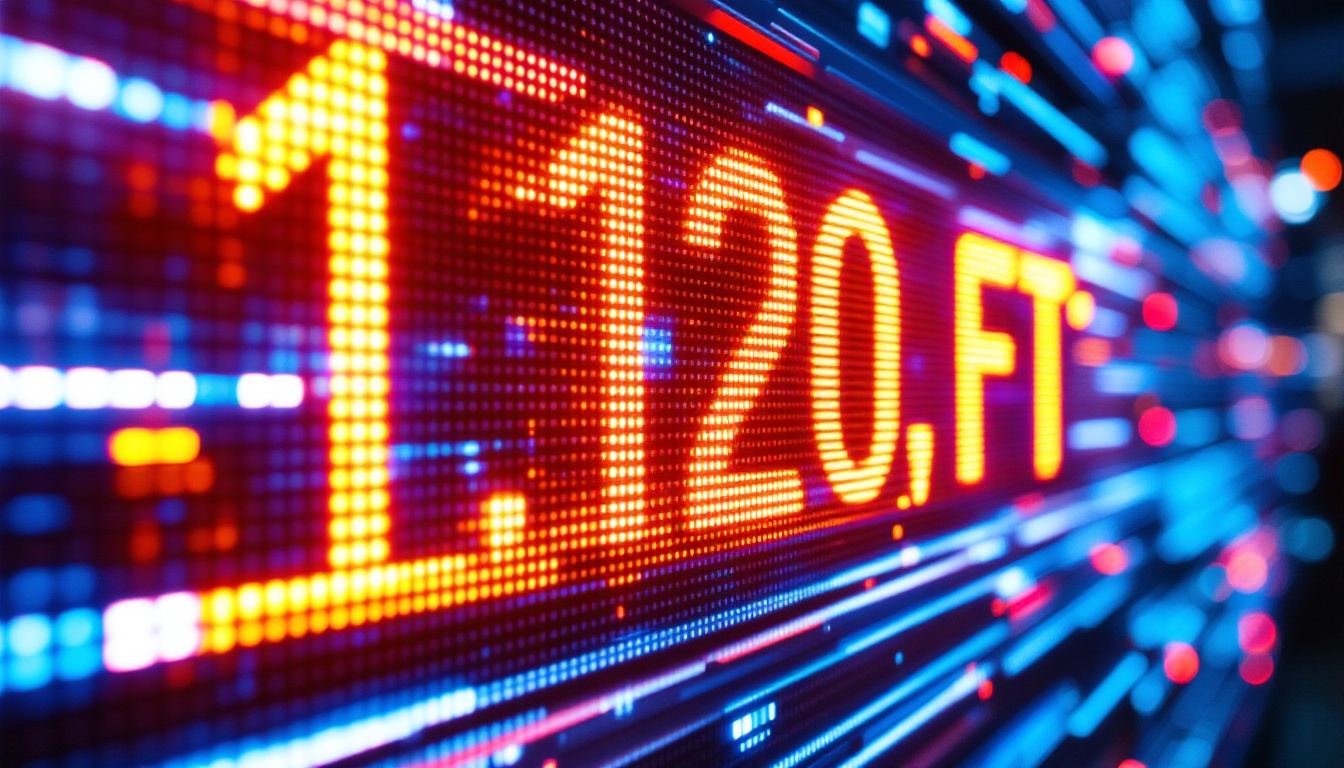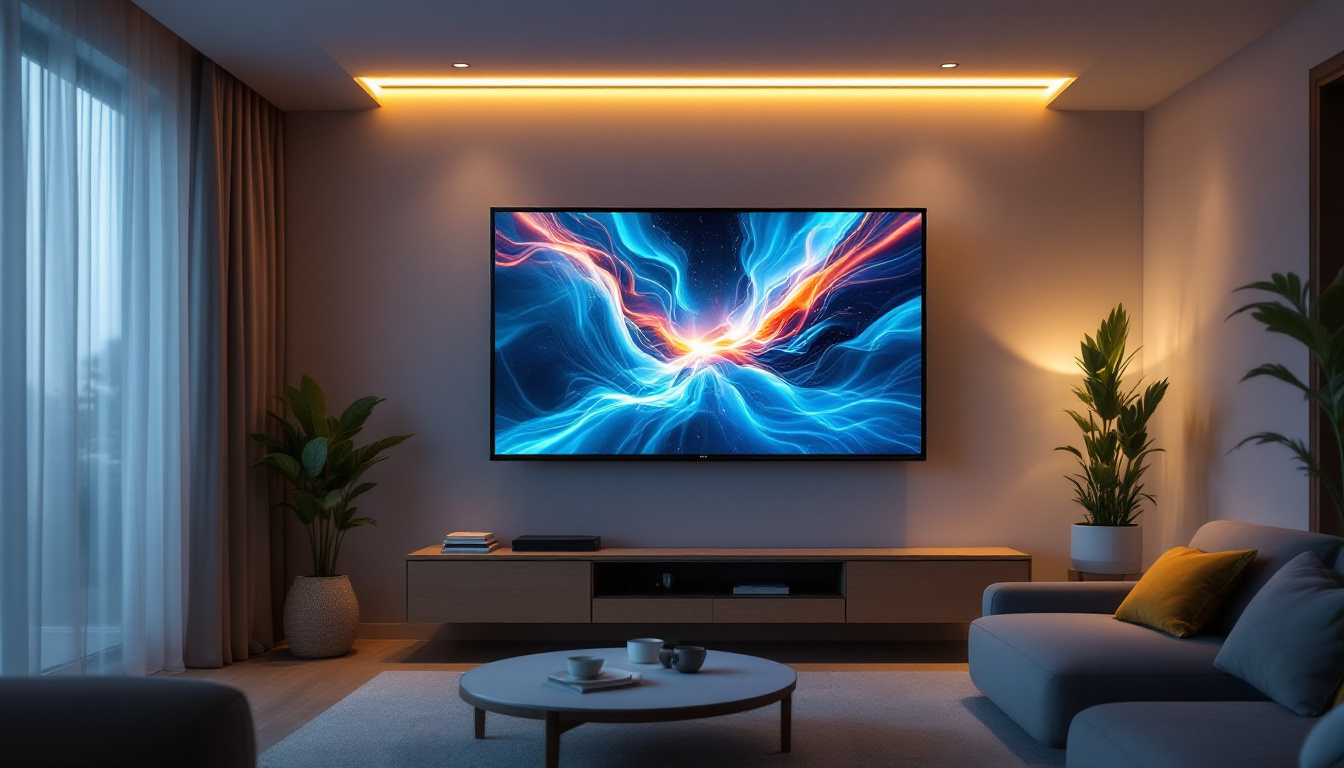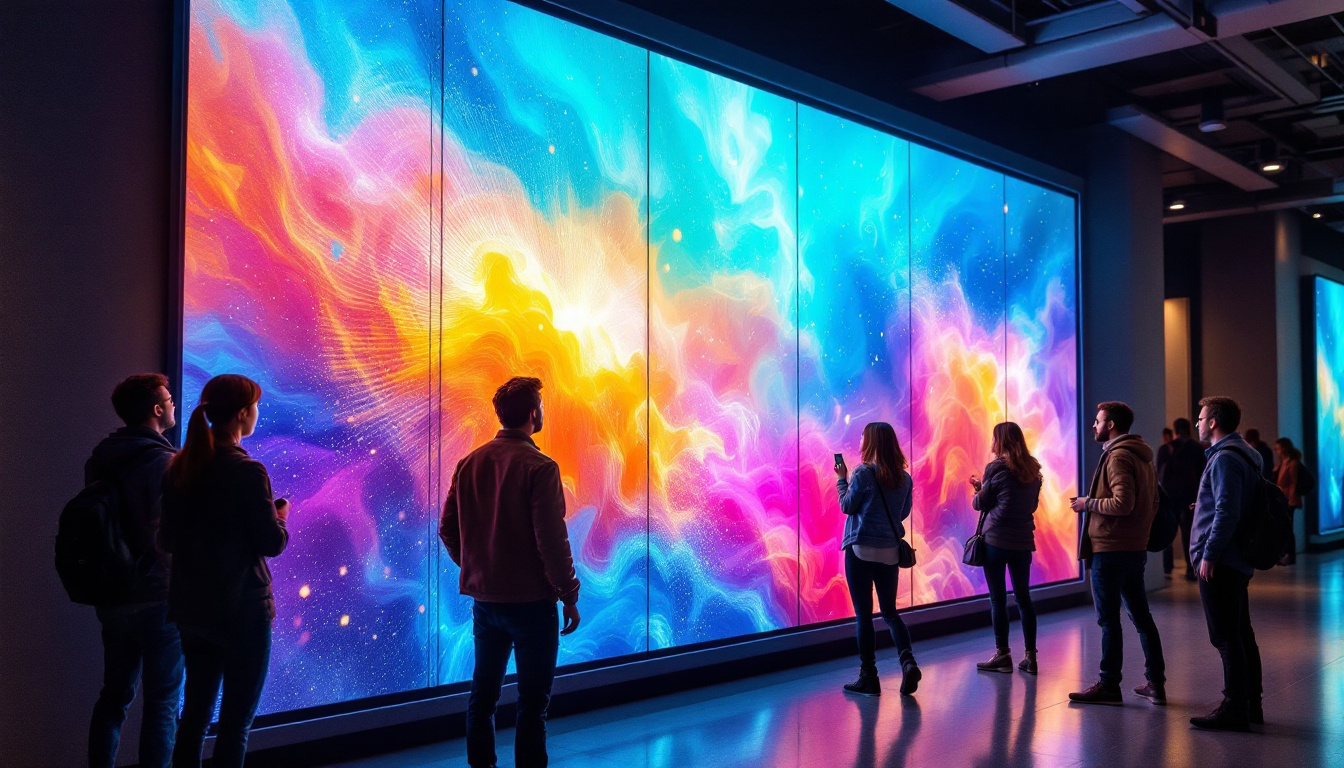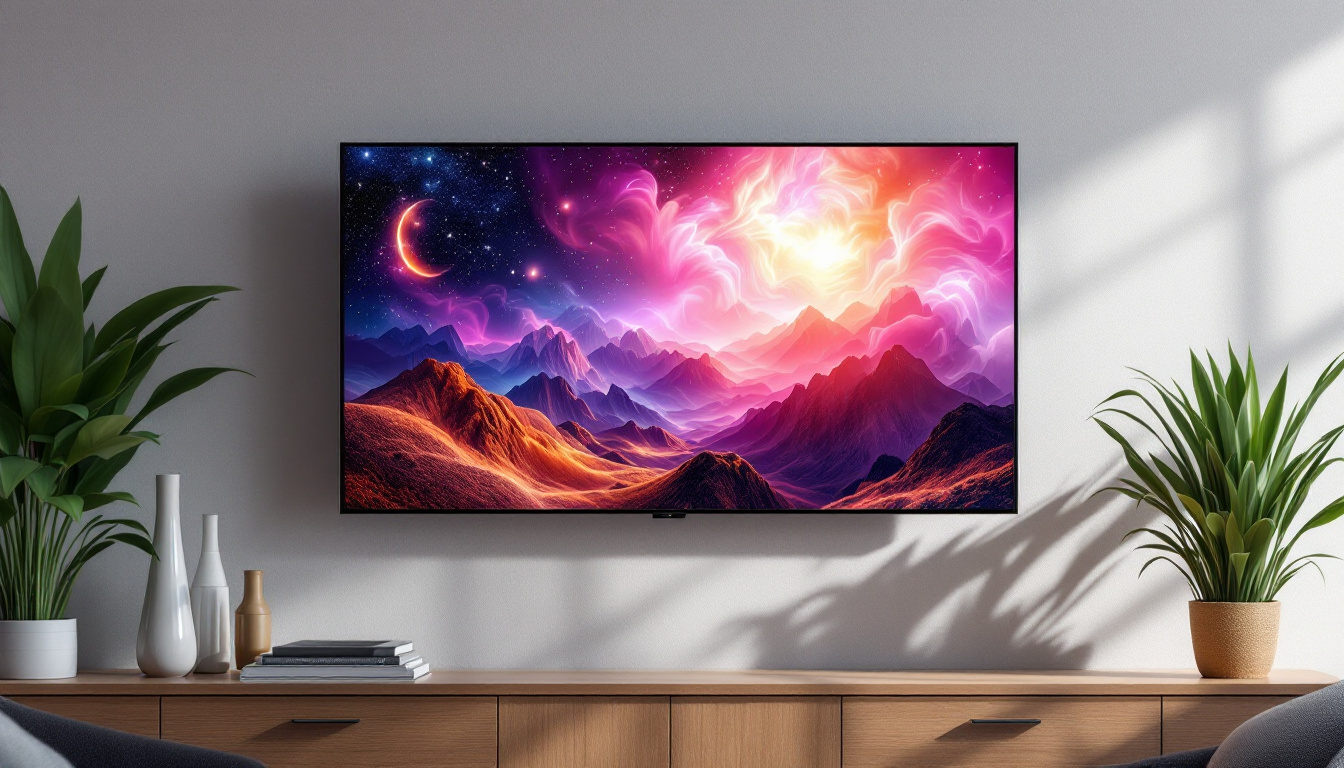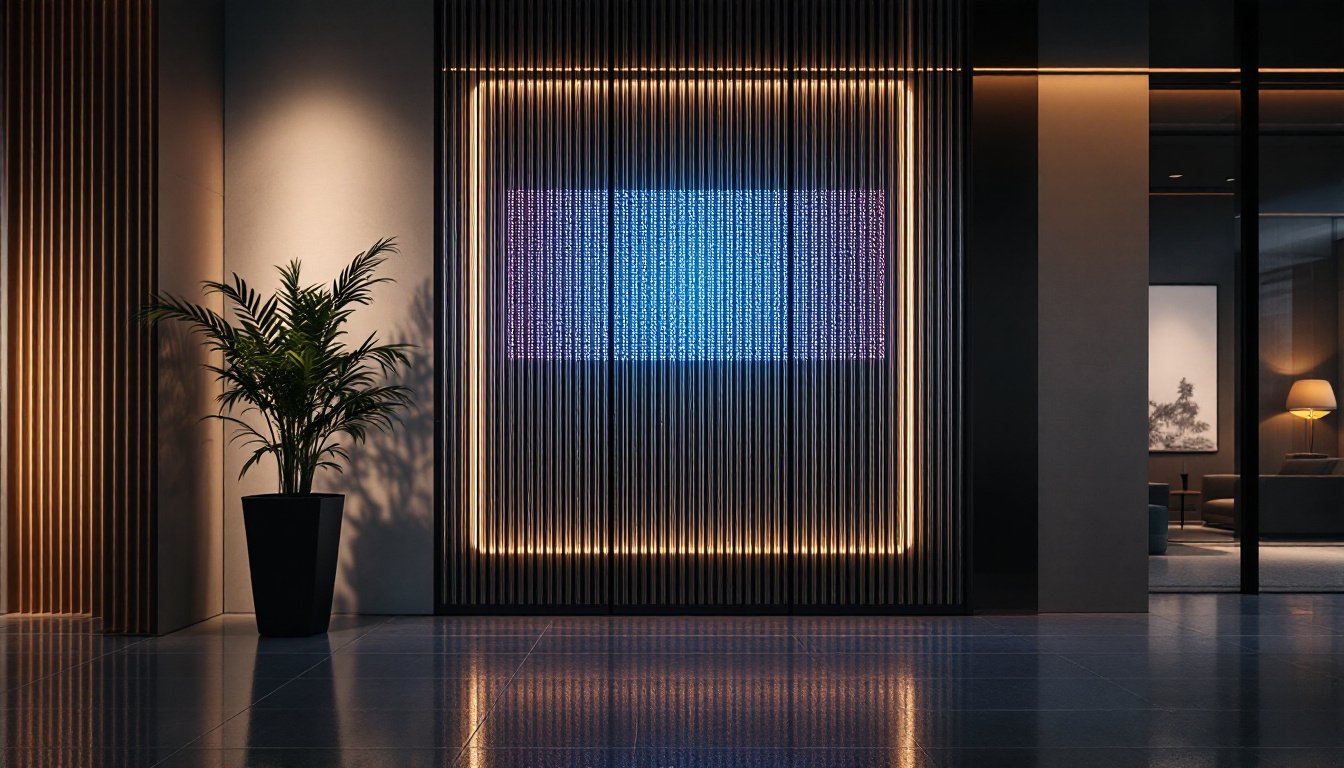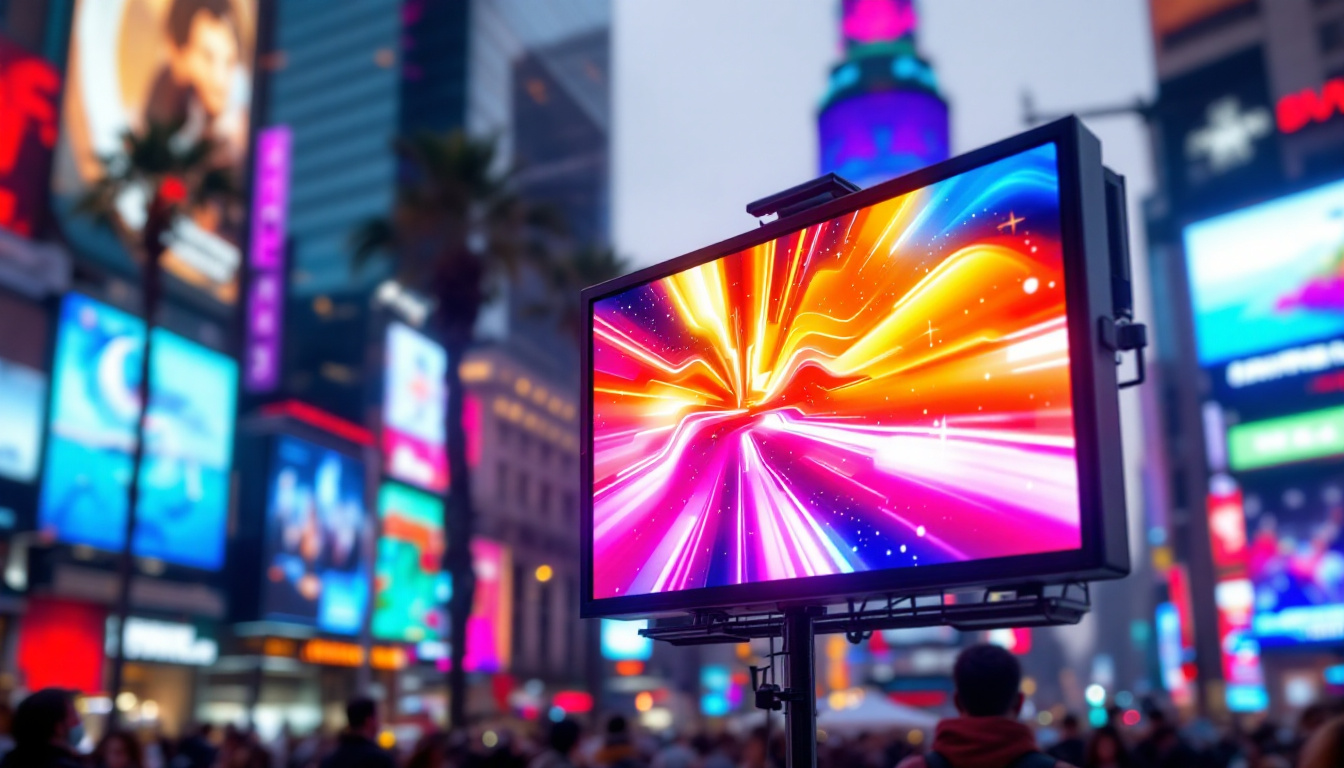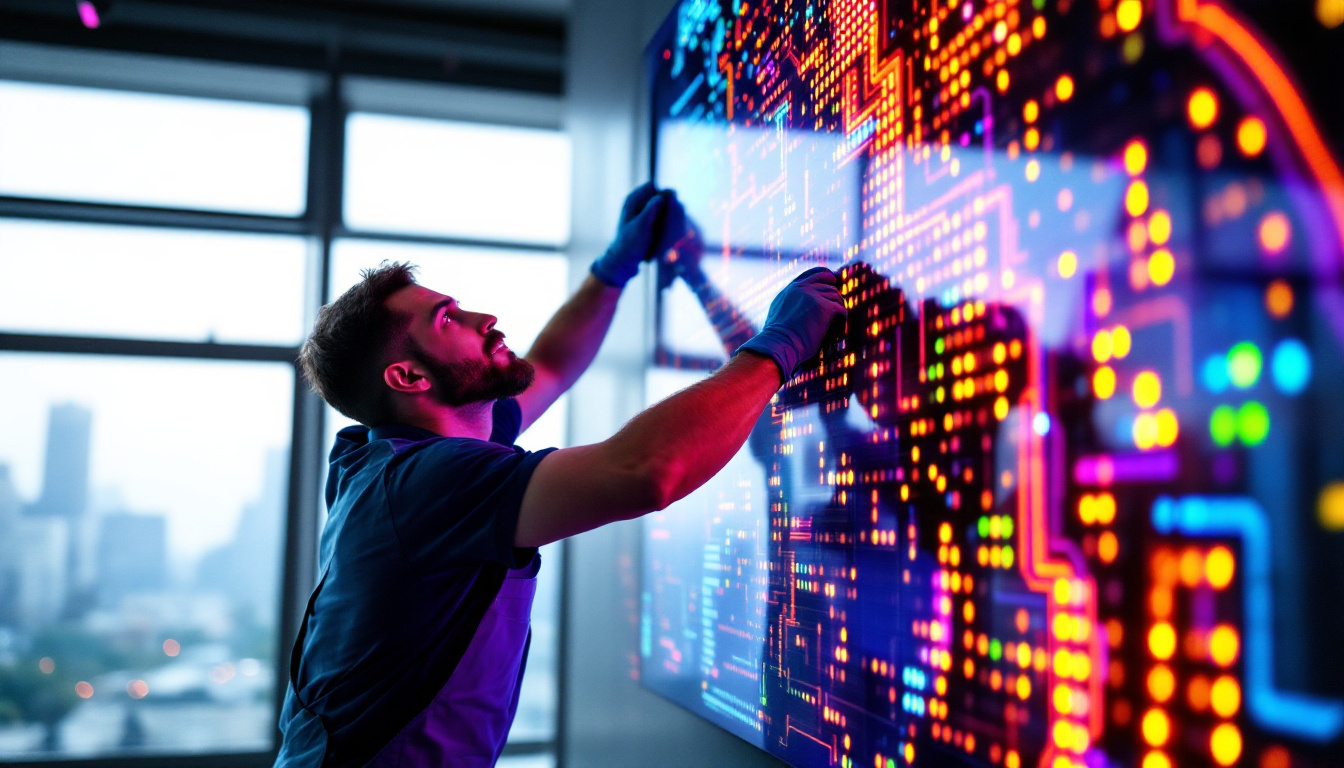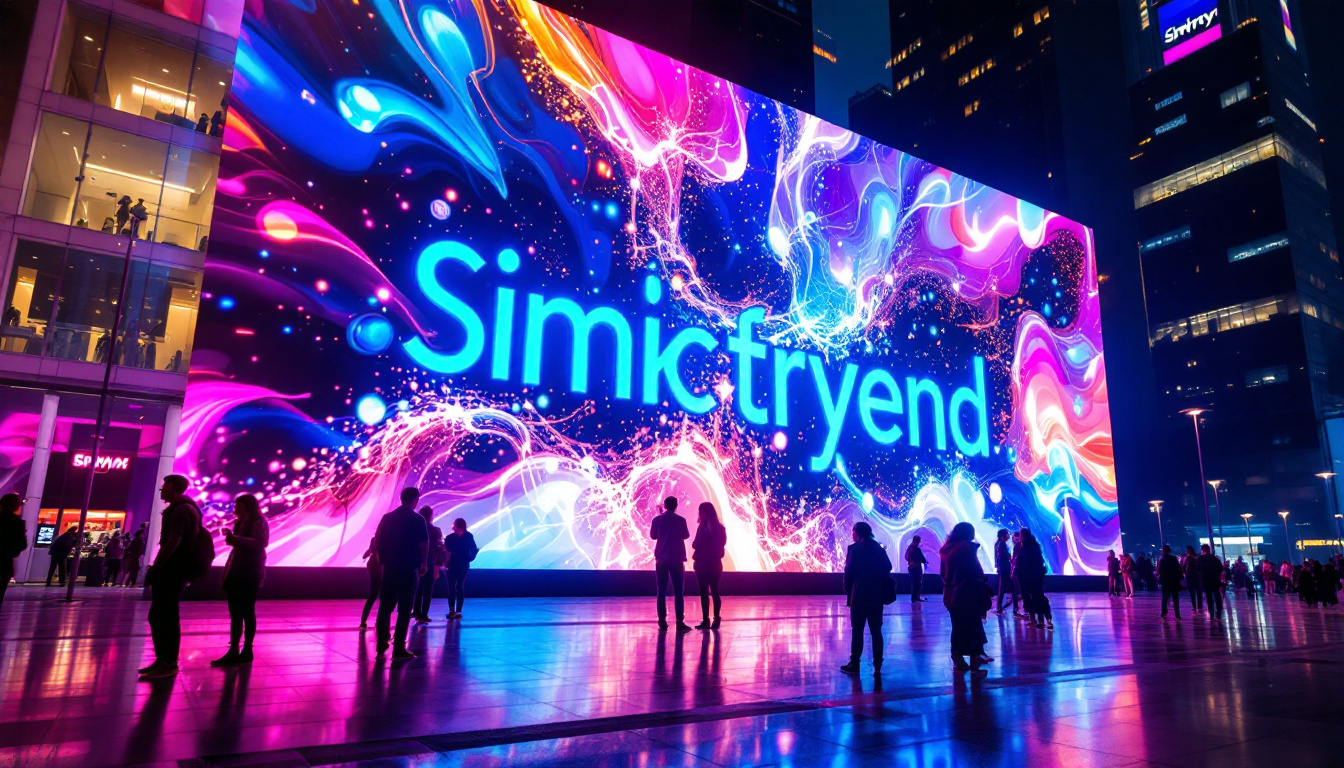In the rapidly evolving landscape of marketing and advertising, digital displays have emerged as a powerful tool for businesses seeking to capture the attention of consumers. Among these, LED (Light Emitting Diode) displays stand out for their vibrancy, versatility, and effectiveness. This article delves into the intricacies of LED displays, exploring their technology, applications, advantages, and future trends.
Understanding LED Technology
LED technology is at the heart of modern digital advertising displays. Unlike traditional display technologies, LED displays utilize semiconductor technology to produce light, which results in brighter and more energy-efficient screens. This efficiency not only reduces energy consumption but also contributes to a lower carbon footprint, making LED technology a more sustainable choice for businesses and consumers alike.
How LED Displays Work
LED displays consist of numerous small light-emitting diodes arranged in a grid pattern. Each diode emits light when an electric current passes through it. By varying the intensity of the current, these diodes can produce a wide range of colors, allowing for high-resolution images and videos. The combination of red, green, and blue (RGB) diodes creates the full spectrum of colors visible to the human eye. This RGB model is fundamental to color mixing in digital displays, enabling the creation of vibrant visuals that can capture attention and convey messages effectively.
The modular nature of LED displays allows them to be easily scaled. This means that they can be constructed in various sizes and shapes, making them suitable for a wide range of applications, from small storefront displays to massive billboards. The flexibility in design also means that LED displays can be customized to fit unique architectural features, enhancing the aesthetic appeal of a location while delivering impactful advertising content.
Types of LED Displays
LED displays can be categorized into several types, each tailored for specific applications:
- Indoor LED Displays: These displays are designed for use in controlled environments, such as shopping malls, airports, and conference centers. They typically offer higher resolution and are optimized for close viewing. Their ability to produce sharp images and vibrant colors makes them ideal for advertising, information dissemination, and entertainment in venues where audiences are in close proximity.
- Outdoor LED Displays: Built to withstand the elements, outdoor displays are larger and more robust. They are often used for billboards, sports arenas, and public announcements. These displays are engineered with weather-resistant materials and advanced brightness levels to ensure visibility even in direct sunlight, making them a powerful tool for reaching a broad audience in outdoor settings.
- Transparent LED Displays: These innovative displays allow light to pass through, making them ideal for storefronts and exhibitions where visibility from both sides is essential. Their unique design not only provides advertising opportunities but also maintains the aesthetic of the space, allowing for a seamless integration of digital content with the physical environment.
Moreover, the advent of smart LED technology has revolutionized how these displays are utilized. With the integration of sensors and connectivity features, LED displays can now interact with viewers, providing personalized content based on audience demographics or even real-time data. This level of interactivity enhances engagement and allows advertisers to tailor their messages more effectively, ensuring that the right message reaches the right audience at the right time.
Applications of LED Displays
LED displays have found their way into numerous sectors, revolutionizing how brands communicate with their audiences. Their adaptability and effectiveness make them a preferred choice in various applications.
Retail Advertising
In retail environments, LED displays serve as dynamic advertising platforms that can showcase promotions, product launches, and brand messages. Their bright and colorful visuals attract customers’ attention, encouraging them to engage with the brand.
Moreover, the ability to change content in real-time allows retailers to tailor their messages based on the time of day, season, or even current events. This flexibility can lead to increased foot traffic and higher sales conversions. For instance, during holiday seasons, retailers can highlight special discounts or limited-time offers, creating a sense of urgency that drives purchases. Additionally, the integration of social media feeds into LED displays can foster customer interaction, allowing shoppers to see their posts featured in-store, thus enhancing brand loyalty and community engagement.
Event Marketing
LED displays are commonly used in event marketing, providing vibrant visuals for concerts, festivals, and corporate events. They can display live feeds, advertisements, and interactive content, enhancing the overall experience for attendees.
Additionally, LED screens can be strategically placed to ensure maximum visibility, allowing brands to reach a larger audience. The engaging nature of LED displays can also create memorable experiences that attendees associate with the brand. For example, at music festivals, LED walls can not only showcase the performers but also create immersive light shows that synchronize with the music, captivating the audience’s attention. Furthermore, event organizers can utilize LED displays for real-time polling or audience engagement activities, making attendees feel more involved and connected to the event.
Public Information Systems
Governments and municipalities utilize LED displays for public information systems, such as traffic updates, weather alerts, and emergency announcements. These displays provide real-time information that can help keep the public informed and safe.
With their high visibility and ability to convey information quickly, LED displays play a crucial role in effective communication during emergencies or significant events. For instance, during natural disasters, LED screens can relay crucial safety instructions and evacuation routes, potentially saving lives. Beyond emergencies, these displays can also be used for community announcements, promoting local events, and enhancing civic engagement. By providing a platform for local artists or initiatives, municipalities can foster a sense of community pride and encourage participation in local governance and activities.
Advantages of LED Displays
The growing popularity of LED displays can be attributed to several key advantages that set them apart from traditional advertising methods.
Energy Efficiency
One of the most significant benefits of LED technology is its energy efficiency. LED displays consume significantly less power than traditional LCD or projection screens. This not only reduces operational costs but also minimizes the environmental impact, making them a more sustainable choice for businesses.
High Brightness and Visibility
LED displays are known for their exceptional brightness, making them easily visible even in direct sunlight. This characteristic is particularly advantageous for outdoor advertising, where visibility can be a challenge.
The high contrast ratios and vibrant colors of LED displays ensure that advertisements stand out, capturing the attention of passersby and enhancing brand recall.
Longevity and Durability
LED displays are designed to last. With a lifespan of up to 100,000 hours, they outlast many other display technologies. Additionally, they are more resistant to shock and vibration, making them suitable for various environments, including bustling urban settings and outdoor installations.
Challenges and Considerations
While LED displays offer numerous benefits, there are also challenges and considerations that businesses must take into account when implementing this technology.
Initial Costs
The initial investment for LED displays can be significant. Although prices have decreased in recent years, high-quality LED screens can still be expensive. Businesses must weigh the long-term benefits against the upfront costs to determine if LED displays are a viable option for their advertising needs.
Content Management
Creating engaging content for LED displays requires a strategic approach. Businesses must ensure that their messages are concise, visually appealing, and tailored to their target audience. Additionally, managing content across multiple displays can be complex, necessitating effective content management systems.
Regulatory Compliance
In some regions, there are regulations governing the placement and brightness of digital displays, especially in outdoor settings. Businesses must be aware of these regulations to avoid fines and ensure compliance. This consideration can add an additional layer of complexity to the planning and installation process.
Future Trends in LED Displays
As technology continues to advance, the future of LED displays looks promising. Several emerging trends are shaping the way businesses utilize this medium for advertising.
Integration with IoT
The integration of LED displays with the Internet of Things (IoT) is set to revolutionize digital advertising. Smart displays can collect data on viewer interactions, allowing businesses to tailor content based on real-time analytics. This level of personalization can enhance engagement and improve advertising effectiveness.
Augmented Reality (AR) and Virtual Reality (VR)
As AR and VR technologies gain traction, LED displays are likely to play a pivotal role in creating immersive advertising experiences. Brands can use LED screens to blend physical and digital elements, providing consumers with interactive and engaging content that captures their attention.
Advancements in Display Technology
Ongoing advancements in LED technology, such as microLED and flexible displays, are expanding the possibilities for advertising. MicroLED technology offers higher resolution and improved color accuracy, while flexible displays allow for creative installations that can adapt to various environments.
Conclusion
LED displays have transformed the landscape of digital advertising, offering businesses a dynamic and effective way to engage with consumers. With their energy efficiency, high visibility, and versatility, LED displays are an invaluable tool for brands looking to enhance their marketing strategies.
As technology continues to evolve, the potential for LED displays will only grow, paving the way for innovative advertising solutions that capture attention and drive results. Businesses that embrace this technology will be well-positioned to thrive in the competitive world of digital marketing.
In summary, understanding the intricacies of LED displays, their applications, advantages, challenges, and future trends is essential for any business looking to leverage this powerful advertising medium. The journey into the world of digital advertising displays is just beginning, and the possibilities are endless.
Discover LumenMatrix’s Innovative LED Display Solutions
Ready to elevate your brand’s presence and captivate your audience with high-impact visuals? Explore LumenMatrix’s comprehensive range of LED display solutions, from vibrant Indoor and Outdoor LED Wall Displays to dynamic Vehicle and Sports LED Displays. Whether you’re seeking a custom LED configuration or an All-in-One solution, LumenMatrix is committed to revolutionizing your visual communication. Check out LumenMatrix LED Display Solutions today and transform the way you engage with your audience.

